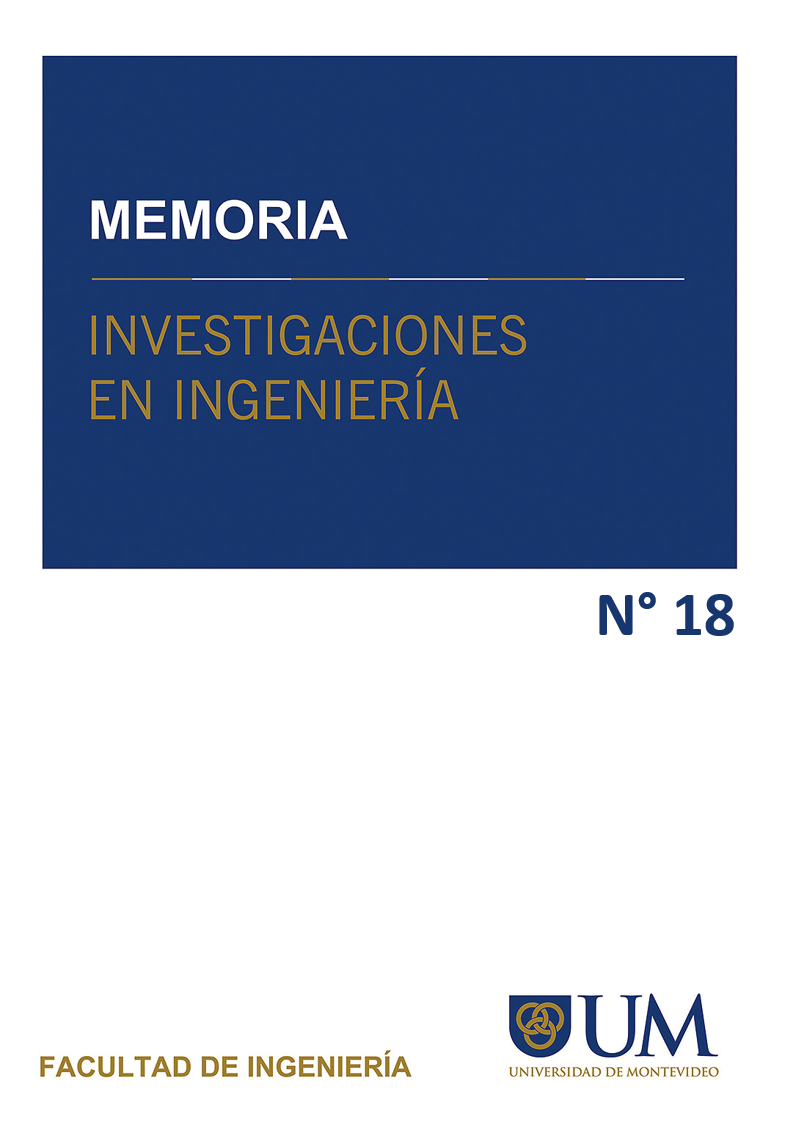Control automático y supervisión remota de un biorreactor Stirred Tan
DOI:
https://doi.org/10.36561/ING.18.6Palavras-chave:
Biorreactor, Bioproceso, Sistema de Control, Adaptabilidad, MantenibilidadResumo
El diseño cuidadoso de un sistema de biorreactor regulado, eficiente, escalable y portátil para el análisis de una variedad cada vez mayor de procesos biológicos y químicos es actualmente de suma importancia para el desarrollo de la Biotecnología. La interacción mutua existente de las variables involucradas dificulta la optimización del sistema e insta a la necesidad de integrarlo con un alto rendimiento y adaptabilidad contra los cambios en respuesta a diferentes características. En el documento se propone un método validado para la regulación de la velocidad de agitación y temperatura del biorreactor, así como el pH del compuesto mediante técnicas tradicionales basadas en ON-OFF, integradores, derivadores y controles Fuzzy. El sistema resultante permite su configuración y supervisión ya sea local o remotamente con encriptación, gestionando apropiadamente el contenido almacenado e intercambiado entre dispositivos.
Downloads
Referências
M. R. Spier, L. P. de Souza Vandenberghe, A. B. P. Medeiros, and C. R. Soccol, Application of different types of bioreactors in bioprocesses. Parana: Univeristy of Parana, Bioprocess Engineering and Biotechonolgy Department, 2011, pp. 58-69.
J. G. Akpa, “Modeling of a bioreactor for the fermentation of palmwine by Saccharomyce cerevisiae (yeast) and lactobacillus (bacteria),” American Journal of Scientific and Industrial Research, vol. 3, n°4, pp. 231-239, 2012. [3] Y. Zhou, L. Han, H. He, B. Sang, D. Yu, J. Feng, and X. Zhang, “Effects of agitation, aeration and temperature on production of a novel glucoprotein GP-1 by Streptomyces kanasenisi ZX01 and scale-up based on volumetric oxygen transfer coefficient,” Molecules vol. 23, pp. 1-14, 2018.
R. Noor, Z. Islam, S. K. Munshi, and F. Rahman, “Influence of temperature on escherichia coli: growth in different culture media,” Journal of Pure and Applied Microbiology, vol. 7, n°2, pp. 899-904, 2013.
P. Sarkar, and G. K. Suraishkumar, “pH and temperature stresses in bioreactor cultures: intracellular superoxide levels,” Industrial & Engineering Chemistry Research, vol. 50, n°23, pp. 13129–13136, 2011.
J. S. R. Jang, C. T. Sun, and E. Mizutani, Neuro-fuzzy and soft computing: a computational approach to learning and machine intelligence. New Jersey: Prentice Hall, 1997, pp. 1-90.
E. S. I. Harba, “Secure data encryption through a combination of AES, RSA and HMAC,” Engineering, Technology & Applied Science Research, vol. 17, n°4, pp. 1781-1785, 2017.






















